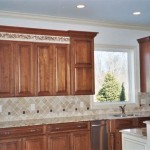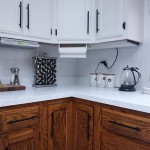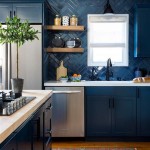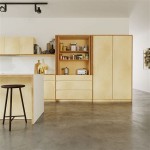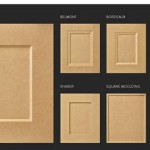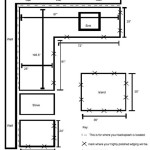Essential Aspects of Faux Painting Techniques for Kitchen Cabinets
Faux painting techniques can transform ordinary kitchen cabinets into works of art, enhancing the ambiance of your kitchen. By mimicking the appearance of expensive materials like wood, marble, or stone, faux painting allows for a cost-effective and visually stunning upgrade.
Before embarking on a faux painting project, it's essential to understand the fundamental aspects that will guide your process.
1. Preparation:
Thorough preparation ensures a successful finish. Start by cleaning the cabinets with a degreaser to remove any dirt or grease that may hinder paint adhesion. Sand the surfaces lightly to create a smooth base for the paint. Use a tack cloth to remove any sanding dust.
2. Priming:
Priming provides a neutral base for the paint to adhere to. Choose a primer specifically designed for kitchen use, as it will resist moisture and heat. Apply two coats of primer, sanding lightly between coats for a smooth finish.
3. Color Selection:
Choosing the right colors is crucial to achieving the desired effect. Consider the overall style of your kitchen and the materials you wish to mimic. Consult color charts or seek professional advice to select complementary shades.
4. Painting Techniques:
Various faux painting techniques exist, each mimicking different materials. Some popular techniques include:
- Rag rolling: Creates a distressed wood appearance using crumpled rags dipped in contrasting colors.
- Sponging: Blends colors to simulate the veining of marble or stone using natural or synthetic sponges.
- Glazing: Adds depth and translucency to the paint, creating the effect of aged patina or worn wood.
5. Finishing Touches:
Once the paint is dry, apply a protective finish to enhance durability and protect against wear and tear. Polyurethane or water-based clear coats are excellent choices for kitchen cabinets, providing a glossy or matte finish as desired.
6. Practice:
Before tackling the actual cabinets, practice your techniques on a sample surface. This will allow you to refine your skills and ensure you're satisfied with the results before committing to the full project.
7. Time and Patience:
Faux painting is not a quick process. Set aside ample time to prepare, paint, and finish the cabinets to achieve the best results. Allow sufficient drying time between coats to prevent smudging or peeling.
With careful planning, preparation, and execution, faux painting can transform your kitchen cabinets, creating a unique and sophisticated look that will last for years to come.
Faux Painting Kitchen Surfaces Walls Cabinets Floors Countertops

Faux Painting Kitchen Surfaces Walls Cabinets Floors Countertops

How To Paint Kitchen Cabinets In 7 Simple Steps

Faux Painting Revisited Chalk Paint Kitchen Annie Sloan Furniture

How To Paint Kitchen Cabinets Without Sanding Or Priming

Diy Painting Your Kitchen Cabinets The Right Way

7 Expert Tips For Flawless Kitchen Cabinet Painting

Kitchen Faux Painted Cabinets Traditional Home Office Houston By Innovation Painting Co Houzz Ie

Faux Painting Kitchen Surfaces Walls Cabinets Floors Countertops

Cabinet Painting Nashville Tn Kitchen Makeover
Related Posts

